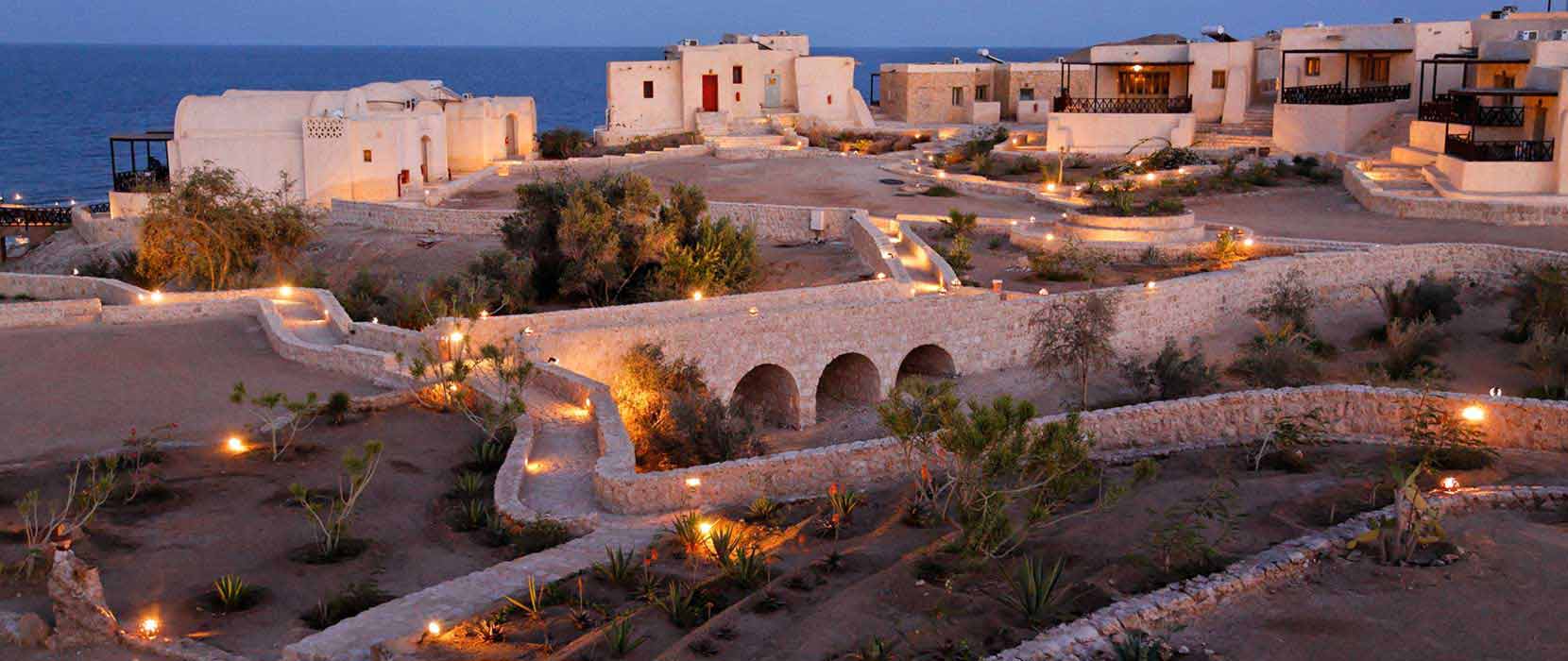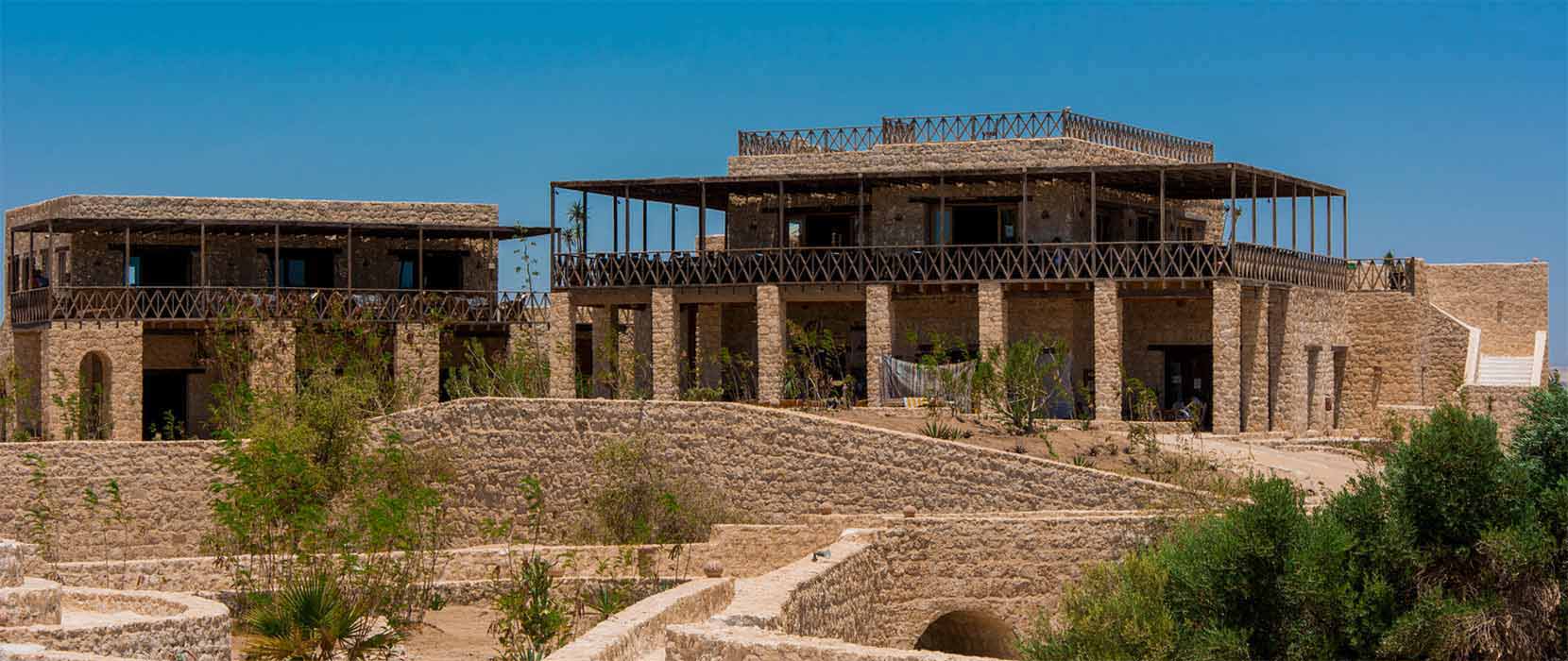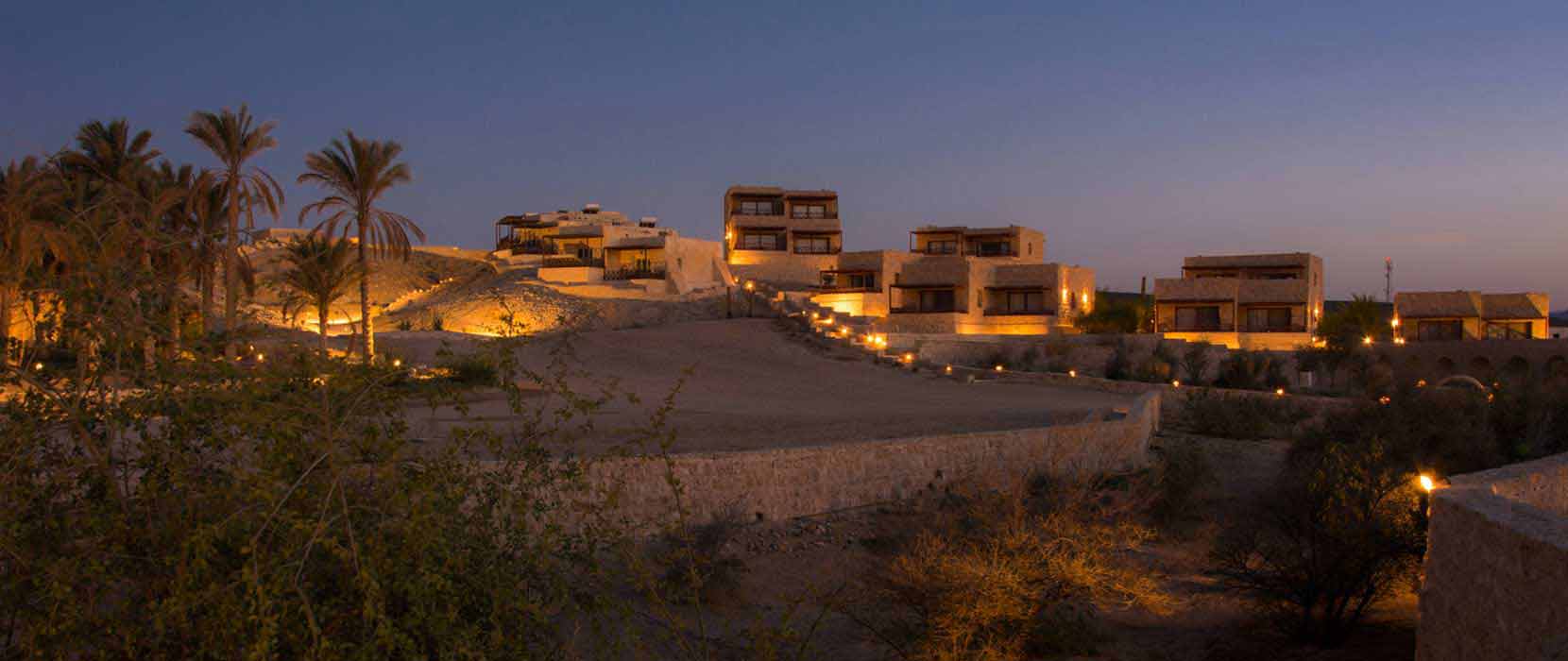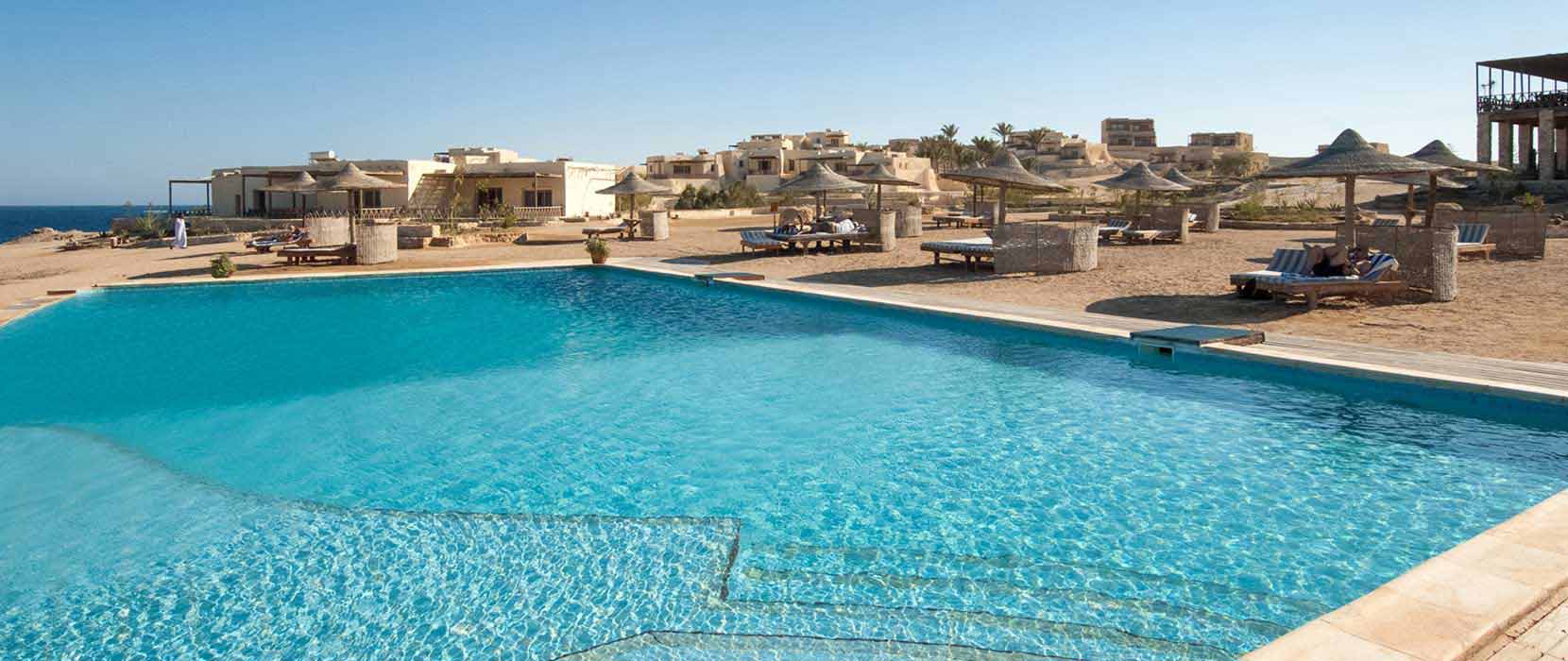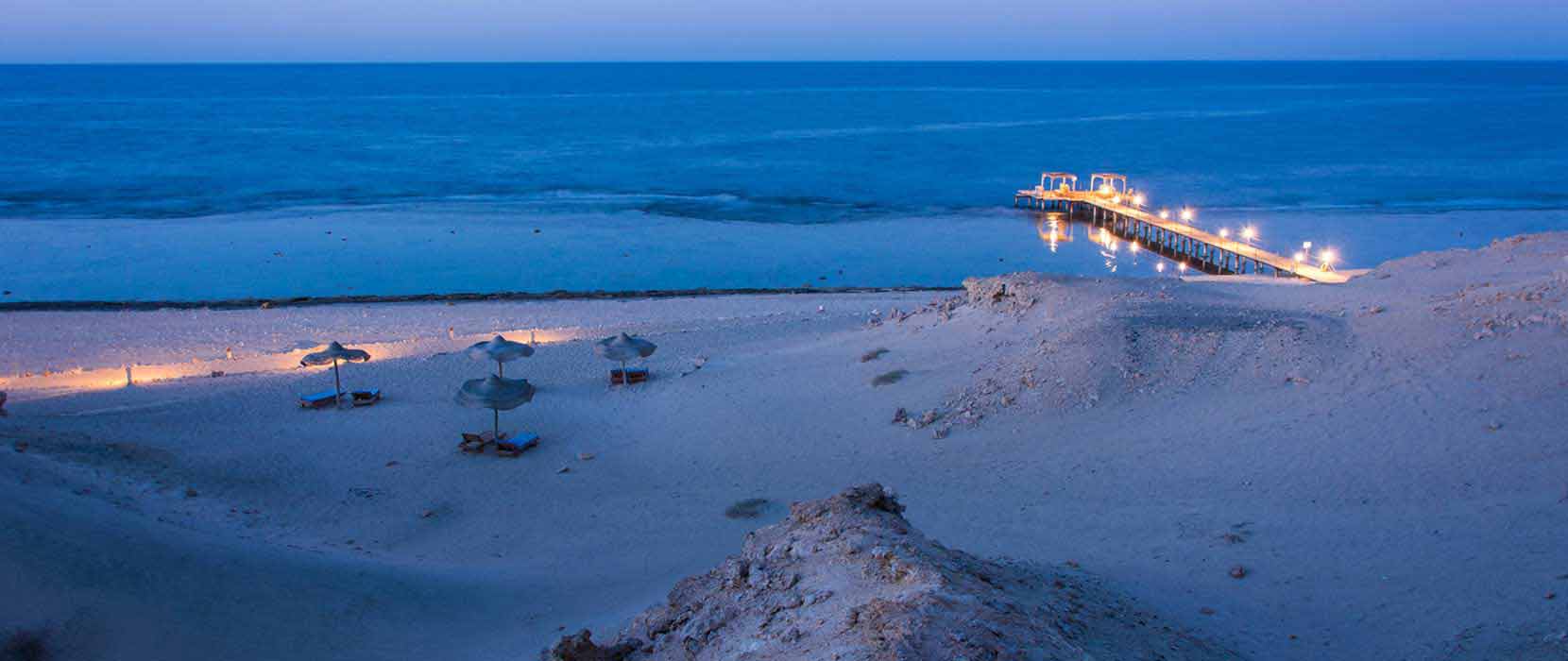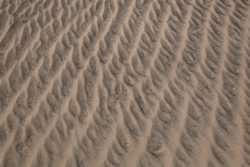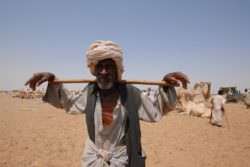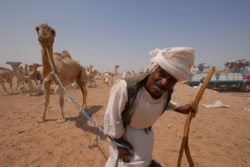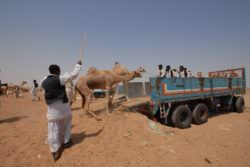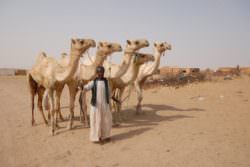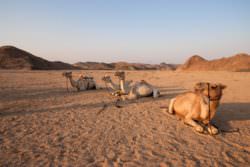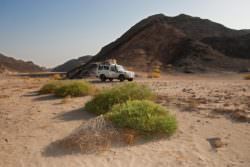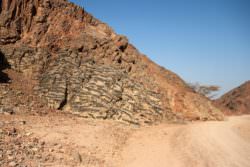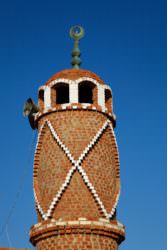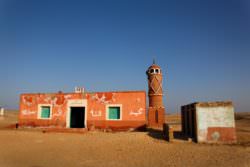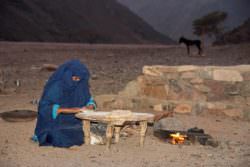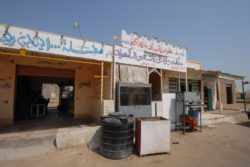The town of Marsa Alam is located in Southern Egypt on the shores of the Red Sea, 270 km south of Hurghada and 40 kilometers south of Marsa Alam International Airport. In former times, it was a cozy coastal village which has turned into in a small town over the decades. It owes its growth to the growing tourist industry and also to its location on the coastal road to Sudan and on the road to Edfu in the Nile Valley.
Marsa Alam and the surroundings
Local Inhabitants:
The approximately 10,000 residents of Marsa Alam are mainly fishermen, herdsmen and mine workers. Meanwhile, many of them are working in the tourist industry. The area has been mined for thousands of years. Already in the times of the Pharaohs and later under the rule of the Romans, the area was known for its deposits of gold, emeralds and semi-precious stones, as well as copper and lead.
The road to Edfu was probably built under Ptolemy 2nd and leads past many historically significant sites such as Wadi Miya, where the famous temple built by Seti I can be found and Wadi Baramiya where the early Egyptians were mining. Until the times of the British occupation, the grinding of quartz stone with thin veins of gold at a grade of approximately 12 g of gold per ton was a business which was discontinued due to unprofitability. A few years ago, the mines have been put into operation again by Australian investors using modern methods.
The inhabitants of the area originally descend from two tribes: the Ababda Bedouins in the north and the Bedscha Bedouins in the south. They have been living for a long time on the east coast and have been deployed by the early Egyptians to defend the borders. Later on they mixed with the Arabs, who also brought Islam to the country. They breed cattle, produce charcoal and they were known as excellent hunters. Their houses are called Kischa and are usually built on high ground to avoid possible flooding . The building of the houses is the responsibility of the women. They are built from branchwood and covered with palm leaves.
In the entire area rock paintings (petroglyphs) dating back to pre-pharaonic times can be found. The pictures show species still present at the time such as giraffe and cattle, but also hunting scenes. In addition, there are many interesting geological sites to be visited.
